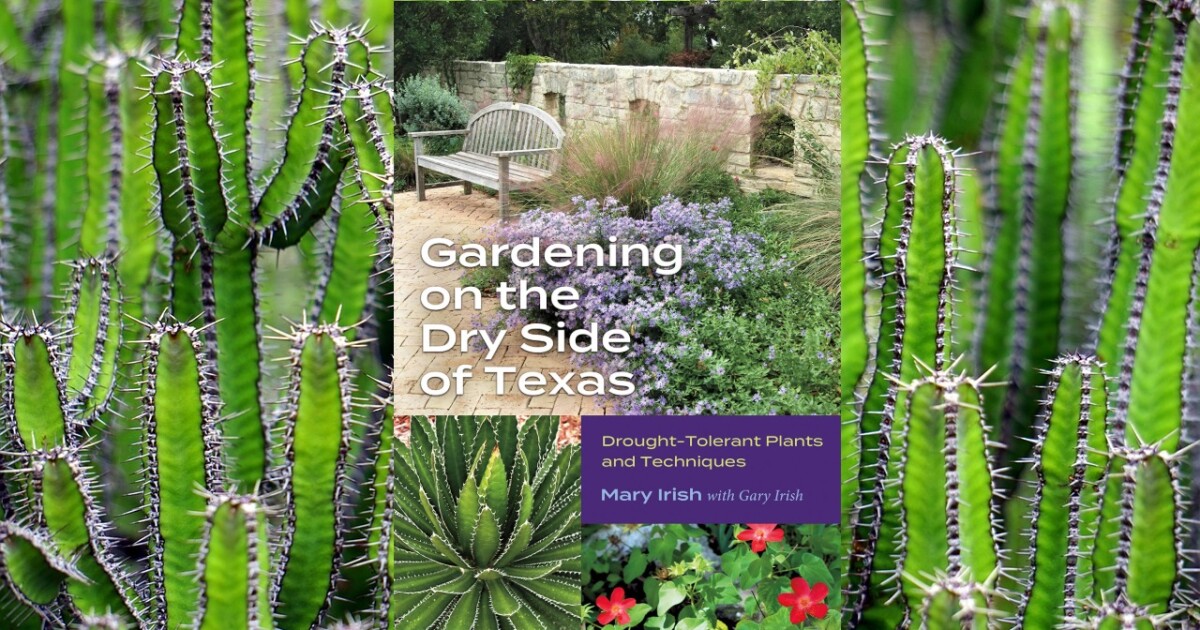In South Texas we have scorching summer, a longer extraordinary drought and increasingly unpredictable weather patterns. Since climate change reinforces these conditions, the maintenance of a lush, green grass turf is not only impractical, but also environmentally responsible. The transition to drought and heat-tolerant landscape design is a necessary and sustainable solution that benefits home owners, communities and the environment.
Traditional lawns need plenty of water to stay alive, especially in the long, dry summer in south -wing. According to the Texas Water Development Board, lawn irrigation makes up almost 30% of urban water consumption, a number that is not sustainable in the event of droughts. Switching to native and drought -resistant plants such as Yucca, Agave and sage drastically reduces water consumption and preserves this precious resource for more critical needs.
Apart from water protection, the drought-tolerant landscape design contributes to the reduction of the urban heat effect in which density absorb and store more heat. Local plants, especially those with gray or silver leaves, reflect sunlight and reduce the surface temperatures. In addition, many of these plants such as mesquite and Texas Mountain Laurel offer shadows and cooling advantages and thus create more comfortable outdoor areas.
Economic incentives also prefer drummer -resistant landscapes. Reduced water invoices, minimal maintenance and less costly lawn exchange saves in the long run homeowner money. Some municipalities even offer discounts to replace grass grass with local plants and promote sustainable decisions.
In addition, native and heat -resistant plants support local ecosystems. They attract pollers such as bees and butterflies and offer habitats for local birds. In contrast to exotic grasses, which often require fertilizers and pesticides, these resistant plants thrive naturally and reduce chemical drain in waterways.
The transition from a traditional grass turf to a drought -tolerant landscape can feel discouraging, but the advantages make it worth the effort. The first step is to plan: evaluate the sun's rays, the soil type and the drainage of your garden to select suitable locals and drought -resistant plants. Plants such as Texas Sage, Agave and Lantana thrive in South Texas and require minimal water and maintenance.
Then either remove your existing grass manually or apply environmentally friendly methods such as solarization and cover the area with plastic to kill the grass with heat. As soon as the grass has been clarified, prepare the soil by adding organic substance to improve drainage and root growth. Install a layer of mulch to maintain moisture and reduce weed growth.
Design your landscape taking a change. Group plants together with similar water needs together and integrate hardscaping elements such as gravel paths, stone edges and decorative rocks to minimize the water surfaces. Drip irrigation systems are more efficient than conventional sprinklers and offer slow, targeted hydration.
Keep the new landscape by pouring deep but rarely to promote deep root growth. As the plants determine, the maintenance becomes minimal and saves time and resources. The introduction of drought -tolerant landscape design not only offers water, but also improves the attractiveness of the curb with living, resilient plants.
Guest:
Gary Irish is a horticulture and writer. He is a co -author of “Gardening on the dry side of Texas: drought -tolerant plants and techniques”.
“The Source” is a live call-in program that broadcasts a message in front of the program from (210) 615-8982 Monday to Thursday. During the live show, call an email to thesource@tpr.org at 833-877-8255.
This discussion will be recorded on Monday, May 19, 2025.
